For the writing side:
Defining good comic book characters
In the last session, we covered a brief overview of building a good comic book story. Now, we’re going to go over what defines a good comic book character.
- Characters fight overwhelming odds, usually in terms of a villain (characters wildly overmatched / overwhelmed).
- Escalating threat, where hero’s actions become more futile, even making things worse through his actions.
- Personal hook — why does this character care? Why do we care about him? Grudge matches are old threats, and don’t make a character heroic; protecting others from harm does, and provides sympathy for the characters.
- Sympathy, coming not through adversity, but through heroism. Sympathy doesn’t come from pity, but from approving of the good things they do, enough to feel badly for their problems.
- Character in conflict, emotional or physical. Treat them horribly!
- Character’s relationship with supporting cast. It’s their book, too. Supporting cast story should advance along with, but not eclipse, the hero’s story.
- Plot twists. Think: What’s the worst thing to happen to the character? Do it, and have it be the best thing. Also, what’s the best thing to happen to the character? Do it, and have it be the worst thing. (Example: Spidey gets his parents back — and they’re aliens!)
- Don’t be sentimental about the characters. Let bad stuff happen!
- Show inventive, novel ways for the characters to use their powers.
- Stories are best when they’re organic, and non-event driven. Why would these characters naturally get together? Why should we want to be these characters? Because, if done right, the super-powered stuff in them looks cool.
- Short-term status quo. Something should change each issue. Define characters each issue in a new and skillful way.
Defining a good comic story
Let’s look over some essentials for a good comic book story:
- Interesting, relatable characters
- Events driven by characters
- Conflicts manifested on several levels
- Decisive actions taken by the characters
- Character change, growth, and progression in the story
- Visually and action oriented (if it isn’t, why not stick to non-visual prose?)
- Sense of wonder
- Resolution — sense of hope
- Some insight into the human condition
- A point to the story. What is it you’re trying to say?
What I find very helpful when I begin to write a story or at least brainstorm ideas into one is having these key points to storytelling written down and taped near my computer. This way, it’s a reminder of what I can’t lose focus of while writing.
(As taught to me in Dan Cooney's Writing for Comics class. If you're interested, he wrote a great book on the subject, which you can get on Amazon. If you're getting it anyway, get it through my a-store so I get my pathetic commission. Haha.)
There are plenty of books on art/writing and comics in my a-store. I pretty much will add any book I've read that I think others should read too.
Layout::
To fight talking head syndrome:
 |
| Wally Wood has never let us down. |
Use different Camera Angles
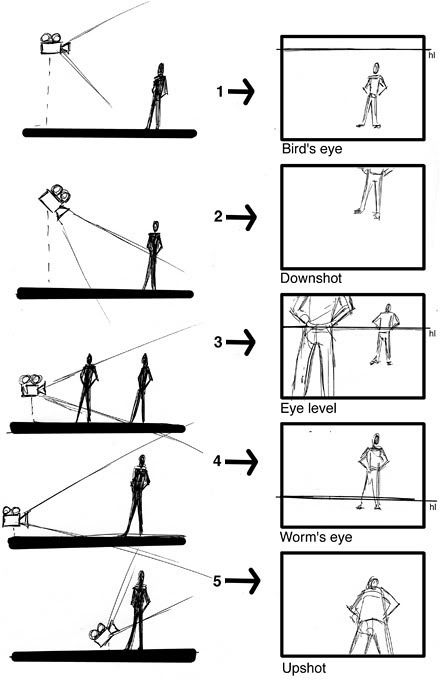 |
| Camera Heights |
 |
| Mix it up |
180 Rule/ Breaking Axis
 |
| Crossing axis makes the objects look like they magically traded places and confuses the readers. |
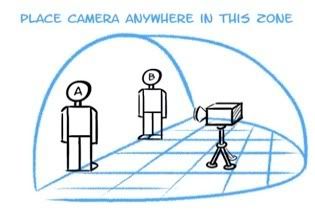 |
| You can move your axis, but don't cross it with the camera. |

Drawing:
Composition and Framing
Tangents
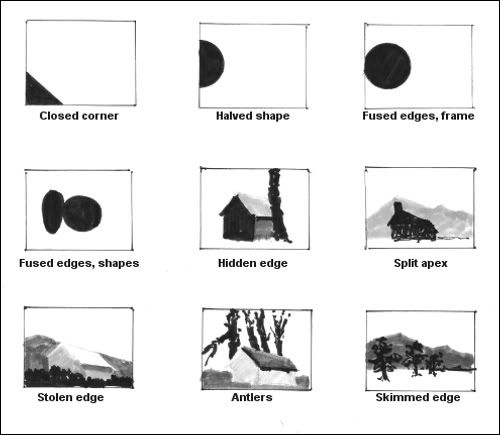 |
| They look like shit. Avoid them. |
Use 3D forms instead of 2D shapes to draw people and objects
 |
| Planting the feet does a lot to describe 3D space existing in your drawing |
 |
| 3D form = Hot. Everything else is flat and boring. |

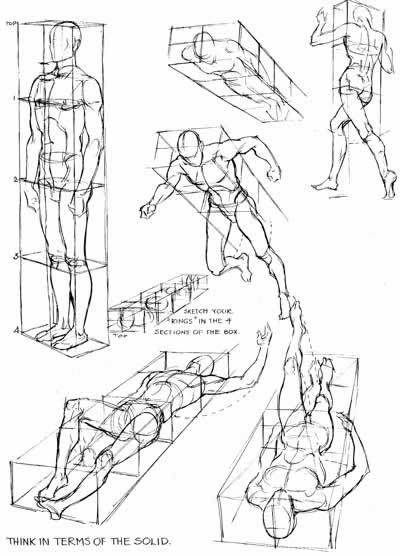
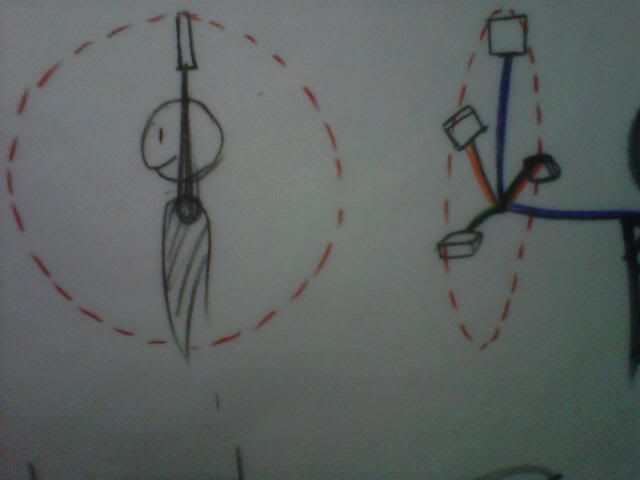 |
| Errol's easymode forshortening |
That's it. Have fun everybody!



